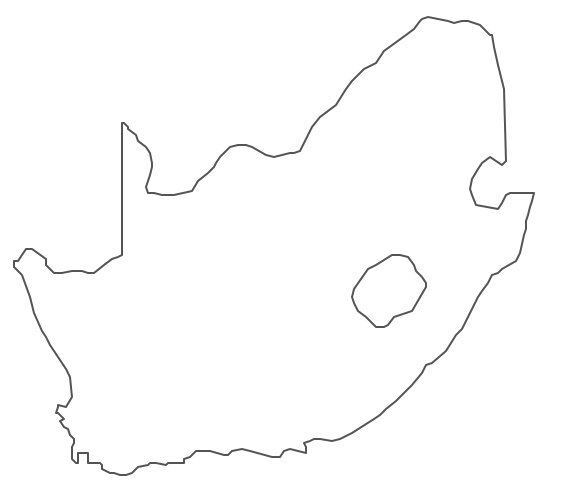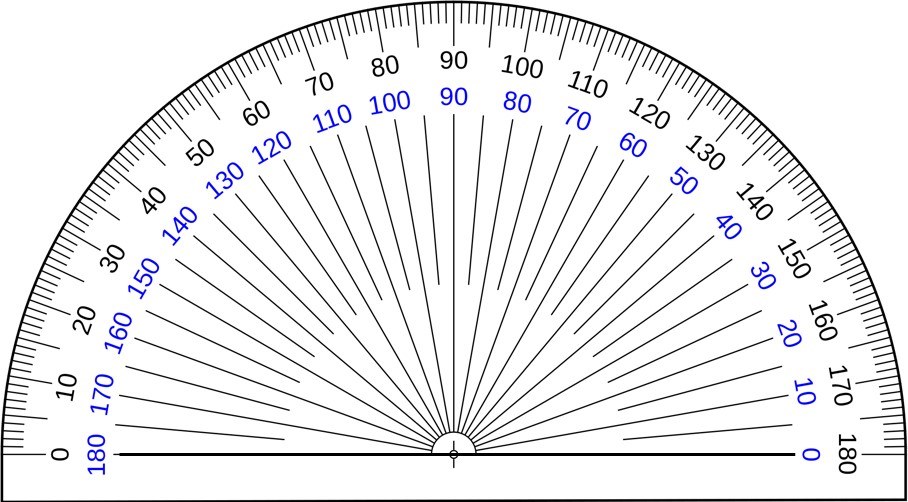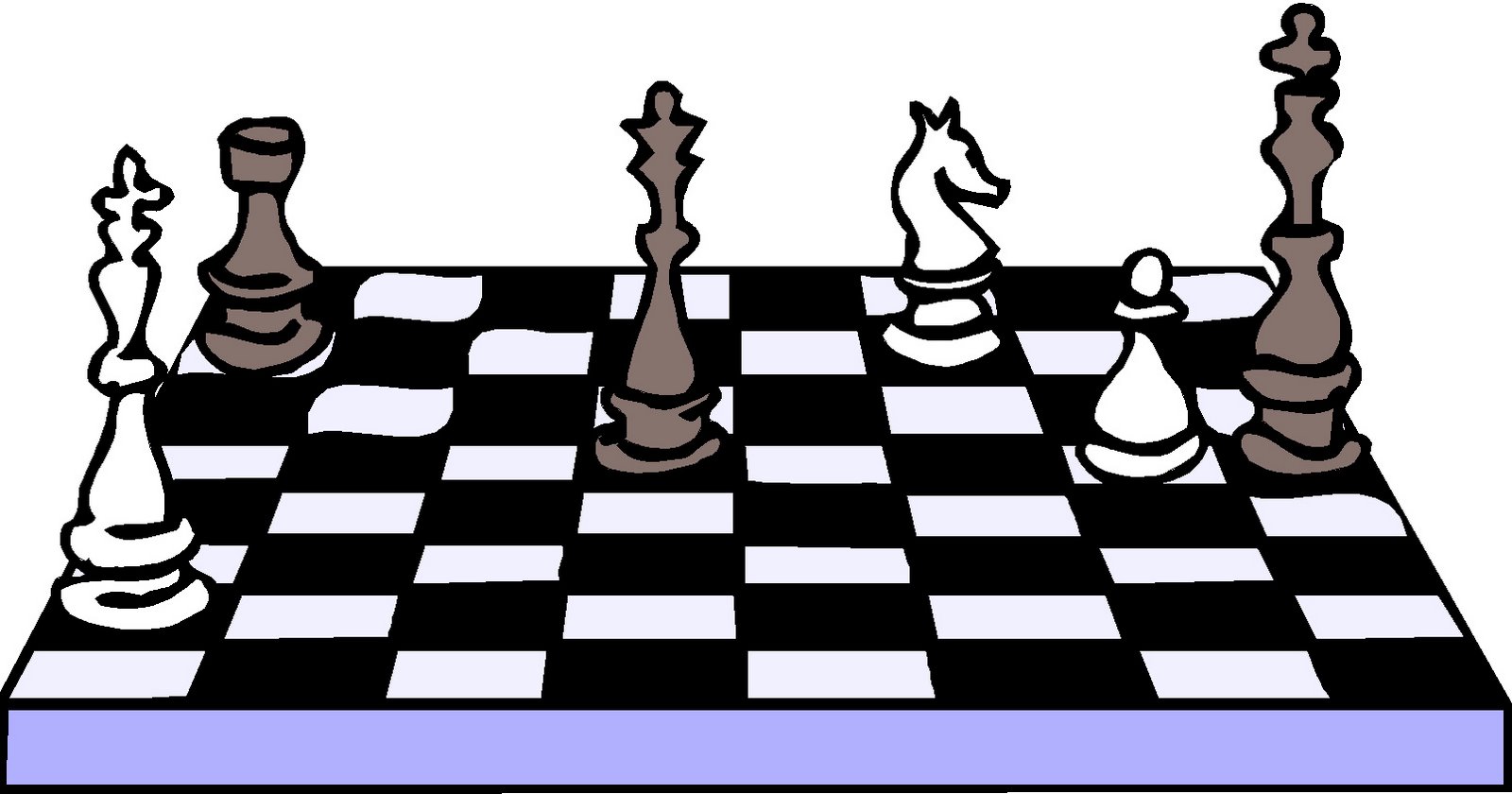Axonometric diagram exploded revit hanselmann isometric gwathmey isometrische schematics visualization explosionszeichnung pr sentation architektonische piktogramm visualisierung representation
Table of Contents
Table of Contents
Do you want to learn how to draw axonometric? Axonometric drawing is a highly effective method of illustrating a three-dimensional object or space, and it’s commonly used in architectural or engineering drawings. With this technique, you can show different sides of an object simultaneously, allowing for a better understanding of its shape and dimensions. In this article, we will discuss how to draw axonometric in simple and easy-to-understand language.
If you are a beginner, you might find it challenging to draw accurate and precise axonometric images. Sometimes, it can be challenging to understand which direction to go in or which object to start with. You may also find it difficult to create neat and tidy shapes or to visualize the proportions of objects correctly. All of these challenges can be frustrating, but they can be overcome with a little practice and patience.
The first thing you need to understand when learning how to draw axonometric is the different types of axonometric projection. There are two primary types of axonometric projection: isometric and dimetric. Isometric projection shows all three axes of an object equally, while dimetric projection shows two axes at different angles.
Now that you understand the basic types of axonometric projection, you can start learning how to draw it. The first step is to sketch the basic shapes of the object you want to draw. Once you have the basic outline, you can start adding details and depth to the object by drawing it in axonometric projection.
In summary, when learning how to draw axonometric, consider the type of projection you want to use, sketch out the basic shapes of the object, and then add details and depth using axonometric projection. With a little bit of practice, you’ll be able to create complex and accurate axonometric drawings in no time.
How to Draw Axonometric: Tips and Tricks
When I first started learning how to draw axonometric, I struggled to understand the concept of projection. However, once I began to experiment and practice with different types of projections, it became easier for me to visualize an object in three dimensions.
One tip that helped me is to imagine the object I was drawing as a series of cubes or rectangular solids. This helped me to visualize the size and shape of different parts of the object more easily, which made it easier for me to add depth and shading.
 Another tip is to use a grid to help you sketch out the basic shapes of the object. This can help you to maintain the correct proportions and symmetry of the object, which will make it easier to add detail in the later stages.
Another tip is to use a grid to help you sketch out the basic shapes of the object. This can help you to maintain the correct proportions and symmetry of the object, which will make it easier to add detail in the later stages.
Axonometric Drawing vs. Other Techniques
Axonometric drawing is a popular technique for architectural and engineering drawings because it allows for a more detailed and accurate representation of a three-dimensional object. Compared to other techniques like perspective drawing, axonometric drawing can help to show the size and shape of an object from different angles and viewpoints.
However, it’s important to note that axonometric drawing is not always necessary or appropriate for every type of drawing or object. Sometimes, other techniques like perspective or orthographic drawing may be more effective in conveying the desired message or information.
Types of Axonometric Projection
As mentioned earlier, there are two primary types of axonometric projection: isometric and dimetric.
Isometric projection is the most common type of axonometric projection and is often used in engineering and architectural drawings. It shows all three axes of an object equally and at a 120-degree angle to each other.
 Dimetric projection, on the other hand, shows two axes at different angles. This type of projection is useful for showing objects that are not equally proportioned. Dimetric projection can also be used to show the depth of an object more clearly than isometric projection.
Dimetric projection, on the other hand, shows two axes at different angles. This type of projection is useful for showing objects that are not equally proportioned. Dimetric projection can also be used to show the depth of an object more clearly than isometric projection.
Practice Makes Perfect
If you’re new to axonometric drawing, don’t worry if your initial attempts aren’t perfect. Like any skill, it takes practice to develop your technique and improve your accuracy. Keep practicing, experimenting with different types of projections and techniques, and don’t be afraid to make mistakes. Over time, you’ll develop your own unique style and approach to axonometric drawing.
Question and Answer
Q: What is the main advantage of axonometric drawing?
A: Axonometric drawing allows for a more accurate and detailed representation of a three-dimensional object. By showing different sides of an object simultaneously, it allows for a better understanding of its shape and dimensions.
Q: What are some common types of axonometric projection?
A: The two primary types of axonometric projection are isometric and dimetric. Isometric projection shows all three axes of an object equally, while dimetric projection shows two axes at different angles.
Q: What other techniques can be used to draw three-dimensional objects?
A: Other techniques like perspective or orthographic drawing may be more effective in conveying the desired message or information. It depends on the artist’s preference and the intended use of the drawing.
Q: What are some tips for beginners learning how to draw axonometric?
A: Some tips for beginners include practicing with different types of projections, using a grid to help with accuracy, and imagining the object as a series of cubes or rectangular solids.
Conclusion of how to draw axonometric
Learning how to draw axonometric can be challenging, but with a little practice and patience, you can develop the skills to create accurate and detailed drawings of three-dimensional objects. Whether you’re an architect, engineer, or simply an art enthusiast, axonometric drawing can help you to better understand and visualize space and form in a unique and creative way. Remember to experiment with different types of projection, use a grid to help with accuracy, and practice regularly to improve your skills.
Gallery
Sectional Axonometric By @mfdabaeza - Get Featured #axo_madness @axo

Photo Credit by: bing.com / axonometric madness axo section
Best 25+ Axonometric Drawing Ideas On Pinterest - Diagram

Photo Credit by: bing.com / axonometric diagram exploded revit hanselmann isometric gwathmey isometrische schematics visualization explosionszeichnung präsentation architektonische piktogramm visualisierung representation
Architecture, Architecture Drawing, Architecture Sketch

Photo Credit by: bing.com / axonometric oblique architekturzeichnung entwurf perspectiva
Axonometric Projection Drawing - A Method Of Drawing In Which A 3

Photo Credit by: bing.com / axonometric drawing oblique projections isometric architecture drawings definition projection perspective cube types architectural revit plan object views orthographic square simple
Pin On Projection

Photo Credit by: bing.com / axonometric isometric






